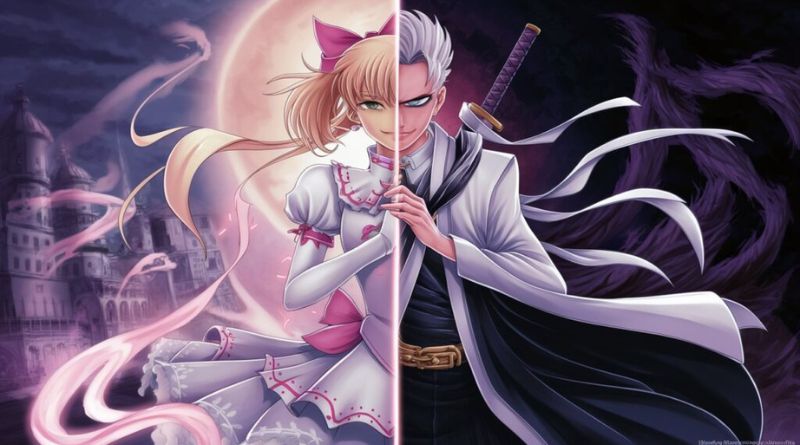Female anime characters have carved out a significant space in the hearts of fans worldwide. With their unique designs, complex personalities, and compelling stories, these characters often serve as the driving force behind many anime series. This article explores the various dimensions of female anime characters, their impact on anime culture, and answers some frequently asked questions.
Table of Contents
The Appeal of Female Anime Characters
1. Diversity of Representation
Female characters in anime come in a vast array of forms, from the strong and independent to the shy and vulnerable. This diversity allows viewers to find relatable qualities in them, fostering deeper connections. Characters can range from warriors and magical girls to everyday students, each reflecting different aspects of life and personality.
2. Character Development
Many female anime characters undergo significant character development throughout their series. This journey often includes overcoming personal challenges, developing relationships, and growing into their roles. Such narratives resonate with audiences, offering inspiration and relatability.
3. Strong Role Models
Female characters often embody strength and resilience. They can challenge societal norms, fight for justice, and support their friends and families. Characters like Mikasa Ackerman from “Attack on Titan” and Nami from “One Piece” exemplify determination and courage, serving as powerful role models for viewers.
4. Cultural Significance
Female characters often reflect cultural values and social issues in Japan. They can represent traditional gender roles or challenge them, providing insights into contemporary societal norms. This cultural aspect enriches the storytelling and allows for discussions on broader themes such as equality and empowerment.
Iconic Female Anime Characters
Throughout anime history, several female characters have become iconic. Here are a few notable examples:
- Sailor Moon (Usagi Tsukino): The titular character of “Sailor Moon,” Usagi is a magical girl who fights for love and justice. Her journey of self-discovery and friendship has made her a beloved figure in anime history.
- Asuka Langley Soryu: From “Neon Genesis Evangelion,” Asuka is a complex character known for her fiery personality and emotional struggles. Her development throughout the series highlights themes of vulnerability and strength.
- Hinata Hyuga: A key character in “Naruto,” Hinata’s growth from a shy, timid girl to a strong ninja showcases the importance of self-acceptance and perseverance.
- Rem: Featured in “Re:Zero – Starting Life in Another World,” Rem is known for her loyalty and emotional depth. Her character illustrates themes of love and sacrifice, resonating deeply with fans.
- Mikasa Ackerman: From “Attack on Titan,” Mikasa is a fierce warrior who embodies strength and loyalty. Her unwavering dedication to her friends makes her a powerful character in the series.
FAQs About Female Anime Characters
1. What makes female anime characters unique?
Female anime characters are unique due to their diverse personalities, intricate story arcs, and the ways they challenge or conform to societal norms. Their development often reflects broader themes such as empowerment, resilience, and friendship.
2. Are there specific archetypes for female characters in anime?
Yes, female characters can fit into various archetypes, such as “tsundere” (cold yet affectionate), “yandere” (lovingly obsessive), and “moe” (cute and endearing). Each archetype brings its own dynamics to the story.
3. How do female characters influence anime culture?
Female characters have significantly influenced anime culture by shaping narratives, inspiring fan art, merchandise, and cosplay. Their representation can spark discussions about gender roles and equality within the anime community.
4. Can male characters also share similar traits?
Absolutely! While this article focuses on female characters, male characters in anime also exhibit a range of traits and development arcs. Both genders contribute to the richness of storytelling in anime.
5. How can viewers support diverse female representation in anime?
Viewers can support diverse representation by engaging with series that feature strong female leads, participating in discussions, and promoting works created by women or that challenge traditional stereotypes.
Conclusion
Female anime characters are integral to the richness and diversity of anime storytelling. With their multifaceted personalities, compelling journeys, and cultural significance, they captivate audiences and inspire discussions about strength, resilience, and representation. As the anime industry continues to evolve, female characters will undoubtedly remain a central focus, reflecting the changing dynamics of society and culture. Whether you’re a seasoned anime fan or just beginning your journey, the world of female anime characters offers a wealth of stories to explore and enjoy.



